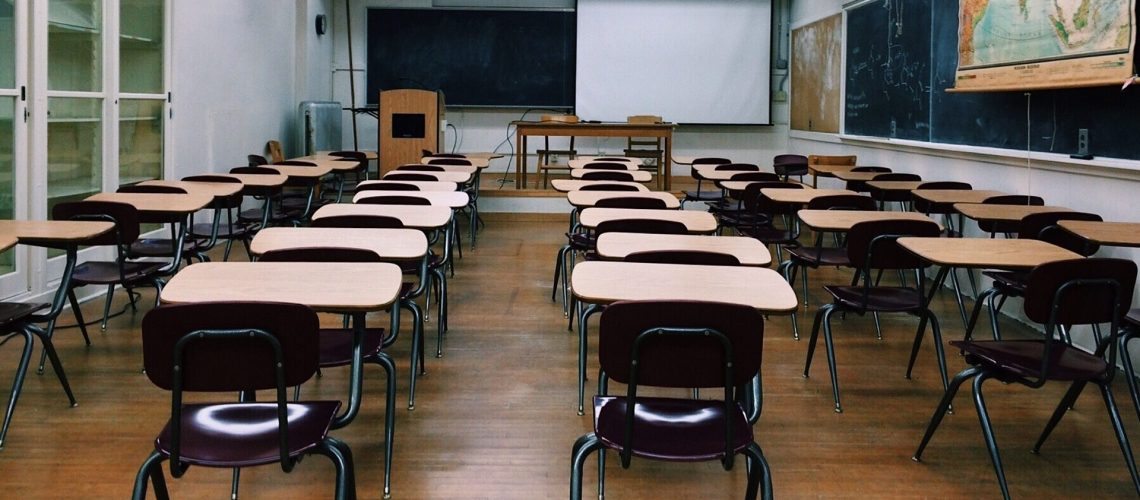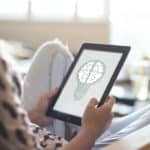AN IDEAL CLASSROOM
Imagine a classroom of 20-30 students – all with the following characteristics:
- Good visual acuity
- Good auditory acuity
- Good body control and spatial awareness
- Good attention span
- Good visual processing – all of the processing skills for reading
- Good auditory processing –processes extended verbal information
- Good sensory integration – coordinates simultaneous stimuli
- Good mental, physical, and visual stamina – alert the entire school day
- Good social behavior – understands and follows the norms for participation
- Good intellectual processing abilities – meets the needs of the grade level
- Good conceptual repertoire – has the concepts expected for the grade level
Now imagine a teaching model that permits each student to progress in each portion of the curriculum at his/her own pace – a truly individualized, continuous-progress mode of instruction.
And, finally, imagine that this instructional model is supported by a classroom management system that provides the teacher with scheduling, tracking, monitoring for emergent problems, assistance with remedying those problems, and detailed histories of student progress for administrative and parent conferences.
A REAL CLASSROOM
Now, contrast this ideal with reality. A sampling of reality might present the following:
- Two students with undetected vision acuity problems
- One student with impaired hearing
- Three students are clumsy and uncoordinated – they don’t know where they are in space – they wear jackets and hats even in warm months to increase their body sensations
- Four students who are easily distracted and frequently disrupt teaching
- Five students who have undetected visual processing problems – they are poor readers and often lose their place doing any seat work
- Two students who have undetected auditory processing problems – they often misunderstand explanations and miss assignments
- Several students who have low physical and mental stamina – they do not function well in the afternoon
- Many students lack one or more of the intellectual processing abilities required by the curriculum
- Many students do not have the conceptual repertoire required by the curriculum
The teaching model in this classroom is a traditional one – lock-step, group-oriented instruction – instruction presented to the class as a whole for a fixed period of time; day-to-day student tracking is informal; formal tracking is sporadic and not related to daily teaching; students with any significant learning problems drop further and further out of touch with the instruction; teachers are left with a global assessment of student competencies and achievement.
TRANSFORMATION FROM THE REAL TO IDEAL
Everyone would agree that the ideal classroom is a better learning and teaching environment than the “real” one. And, yet, virtually every classroom in the United States resembles the “real” classroom to one degree or another.
The irony is that we know how to transform the “real” into ever-closer approximations to the ideal. And the crowning irony is that it would cost less, take less teacher preparation, and provide fair and realistic evaluations of how the system and the key employees (the teachers) are performing from year to year despite the vicissitudes of student populations from state to state, district to district, and year to year in the classroom.
How is it possible to make the transformation? Difficult as it may first appear, it becomes much easier when the differences are reduced one by one. The broad strategy is a simple one: first, a systematic means to detect the problems, and, second, a systematic means of remedying them.
So, to illustrate the point, let’s take a few of the enumerated problems in the real classroom and consider the means available for detection and remediation.
Students with undetected vision acuity problems:
- Detection: five minutes of screening in the earliest grades, or, recognizing a pattern of learning problems with visual lessons, but none with auditory lessons
- Remediation: examination and prostheses, which can often be covered by the Lions Club or other charities, if necessary
Students with sensory-integration, visual processing, or auditory processing problems:
- Detection: simple screening exercises in the early grades for each of these problems
- Remediation: a Learning Clinic (serving many classrooms) can treat the causes of these problems in three to six months on a pull-out basis, and the results are lasting
Students with intellectual processing weaknesses:
- Detection: the curriculum includes lesson-modules that specifically require these abilities, or, alternatively, a test of these abilities that can be administered in one-half day will identify the weaknesses
- Remediation: the Learning Clinic can strengthen the weaknesses with a series of exercises specifically designed to improve the abilities that are limiting learning, and, if necessary, the Clinic can administer the test to confirm a teacher’s observation
Students lacking the conceptual repertoire required:
- Detection: when students do not understand an explanation that they are given, it is probably because the explanation is based on concepts that they have not acquired
- Remediation: teach the missing concepts directly – teach them how numbers are made in a decimal-based system, before you teach them math beyond the arithmetic tables
Concrete examples dispel the mystery of the transformation proposal — these examples illustrate how the problems of the “real” classroom can be transformed, one by one, into a situation closer to the “ideal.”
But the proposal may sound impractical — the teachers of 20 or more students do not have time or resources to do the detection-and-remediation with every student who needs it. What magic will give them the time and resources they need?
The “magic” is simple – adopt a model of instruction that will do the bulk of the lesson presentation, the problem-detection, and the classroom administration for teachers – leaving them to the supervision of remediation and general management of the classroom.
With the proper instructional structure and systematic procedures, the teachers’ role becomes primarily a learning-facilitator who can be transformative in approaching the ideal educational environment.
Watch the video below to learn more about this program – Certified Learning.
Find out more about Certified Learning here.
This article, written by Dr. Robert Meeker, was originally published in our June 2013 newsletter.






